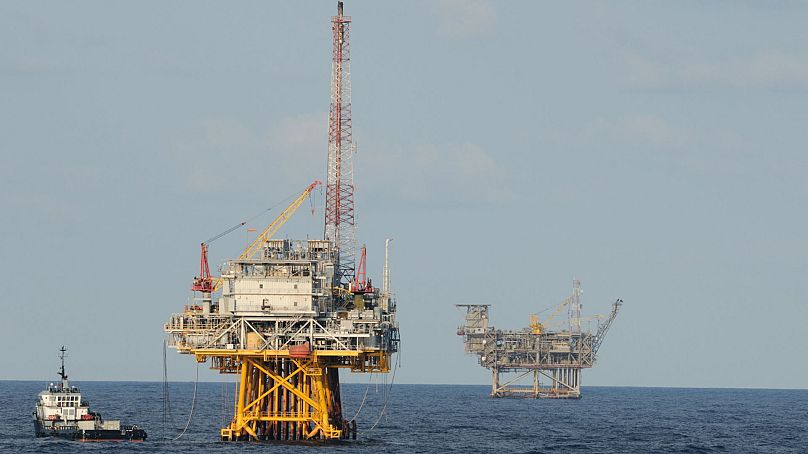Fossil fuel operations are ongoing in hundreds of nature conservation areas, a report has revealed.
You might presume that conservation areas are safe from big polluters.
But fossil fuel operations are ongoing at more than 3,000 sites in 800 protected areas worldwide - including hundreds in Europe.
According to new analysis released by environmental non-profit Leave it in the Ground (LINGO) today, extraction and exploration are widespread in many protected areas.
If the resources at these sites were fully exploited, they would generate 47 billion tonnes of carbon dioxide - more than the entire world produced for energy last year.
The authors of the Protected Carbon report urge governments to rapidly block these fossil interests.
“The climate emergency and the extinction crisis are unfolding at the same time,” they write.
“Ending fossil fuel extraction from protected areas addresses both, and avoids what would be the tragic destruction of natural heritage and biodiversity in the last years of the fossil age.”
Where in Europe are protected areas under threat from oil and gas interests?
The report found 2,933 extraction sites in more than 800 protected areas worldwide.
Ranked on potential CO2 emissions from national sites, the worst offender was China.
The country’s 13 oil and gas sites and six coal mines in protected areas could produce an eye-watering 12 billion tonnes of CO2 if fully exploited.
Venezuela (7.6 billion tonnes), Saudi Arabia (3.9 billion tonnes) and Kazakhstan (3.4 billion tonnes) were the other top offenders.
Germany has the most protected areas emissions potential in Europe. It has 108 oil and gas assets and one coal mine in protected areas, with 2.6 billion tonnes of emissions potential.
Most of the potential emissions come from Mittelplate, Germany’s largest oil field, which overlaps with the Wadden sea UNESCO World Heritage site.
Extraction - which is authorised to continue to 2041 - contributes to global heating and poses an existential threat to local wildlife.
A 2015 report found that 19 out of 33 migratory bird species populations had declined within the previous 20 years, in part due to the ineffective management of the conservation areas.
“More directly, the possibility of an oil spill is a looming threat to the sensitive local environments,” the LINGO report reads.
Within Europe, Italy (178 million tonnes of potential CO2 emissions), the Netherlands (163 million tonnes) and Poland (110 million tonnes) have worrying emissions potential.
The United Kingdom has a whopping 509 fossil fuel sites in protected areas - more than any other country.
Why do we need to stop extracting fossil fuels?
Protected areas often still allow fossil fuel extraction. But the LINOG authors call for this to cease.
Not only would this help save nature in vulnerable ecosystems, but it would be a meaningful step towards decarbonisation.
Keeping all fossil fuels under protected areas in the ground globally would avoid climate damages of $19.8 trillion (€18 trillion), the report estimates.
It would save 10.7 million lives of people at risk of death from heat-related stress caused by rapidly rising CO2 emissions.












